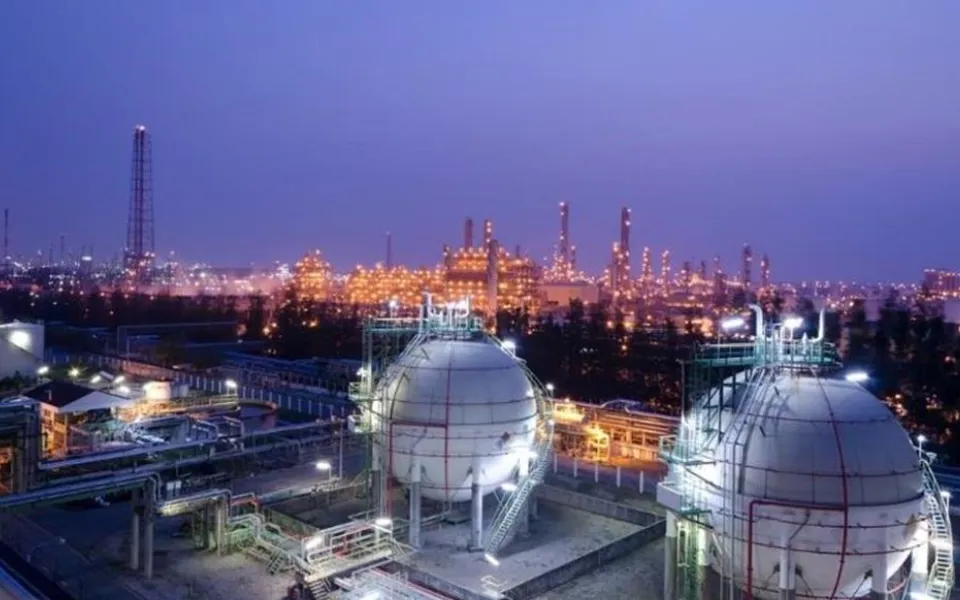
Importing or producing green hydrogen and efuels: what are the wider implications of the EU strategy?
15 Feb 2024
An innovative new Ricardo report investigates the risks and rewards to the European Union of its stated plan to import 10 million tonnes of hydrogen by 2030.The report provides guidance to policymakers on how hydrogen trade is fair, equitable and economically beneficial. It was written for European environmental NGO Transport & Environment.
Many of the countries likely to export hydrogen to Europe are in the Global South, leading to concerns about new forms of resource exploitation, environmental impacts and delaying local decarbonisation. Ricardo experts identified that this is a highly complex situation without simple clear-cut answers. In the report, they have sought to understand the situation, by producing case studies about six very different countries likely to export considerable volumes of low carbon hydrogen to the EU: Chile, Egypt, Morocco, Namibia, Norway and Oman.
For each of the six chosen countries, our experts reviewed publicly announced green and blue hydrogen projects at feasibility, construction, final investment decision (FID) and operational stages. We identified a realistic total potential production and export potential, as well as a counterfactual scenario in which the renewables earmarked for hydrogen production were instead used for grid decarbonisation. Each country section includes a real-world project case study and assessment of the cumulative land and water requirements for the total announced projects. The team examined the availability and carbon intensity electricity system in each country, environmental, social and economic factors.
The report includes an assessment of the energy supply risk from large-scale hydrogen import, the benefits of EU domestic production, as well as the potential cost of production.
The report found that producing hydrogen within the EU for domestic consumption has advantages including:
• Enabling benefits of high renewable potential in the North Sea and Iberian Peninsula to extend beyond these regions
• Lower transportation and distribution costs of hydrogen
• Job creation, improved balance of trade and technology leadership
• Reduced supply risks associated with import of energy
• Lower overall energy requirement and fewer losses compared to sea
However, the report also found potential downsides from EU domestic production included:
• Diverting valuable foreign investment from lower income countries to the EU
• Delaying EU fossil power plant retirement due to limited availability of renewables
• Conflict with land-use and population
• Potentially higher life cycle emissions due to lower (solar) capacity factor
• Higher land and labour costs
Summing up some of the key findings, report lead author Maggie Adams said: “We identified some really interesting questions around hydrogen import, which we don’t believe have been considered before.”
“Setting up hydrogen export to the EU is seen as attractive for many countries, as it brings in foreign direct investment and should lead to significant income. However, our report finds that there are risks to these countries around neo-colonial resource exploitation, environmental impacts and delays to decarbonisation and national access to electricity. We provide guidelines to funders of these projects to ensure they are fair and equitable.”
“We found that provided sufficient renewables could be built out, it may be cost-effective, lower risk and economically beneficial to produce hydrogen within Europe, rather than relying so heavily on imports. In reality, the dynamics of supply and demand, and the intrinsic uncertainty, are also likely to shape the future of the import and export markets. However, it is contingent on legislators and funders to ensure this happens in a manner which is not environmentally or socially damaging.”





 Follow Ricardo Energy and Utilities for regular updates
Follow Ricardo Energy and Utilities for regular updates




